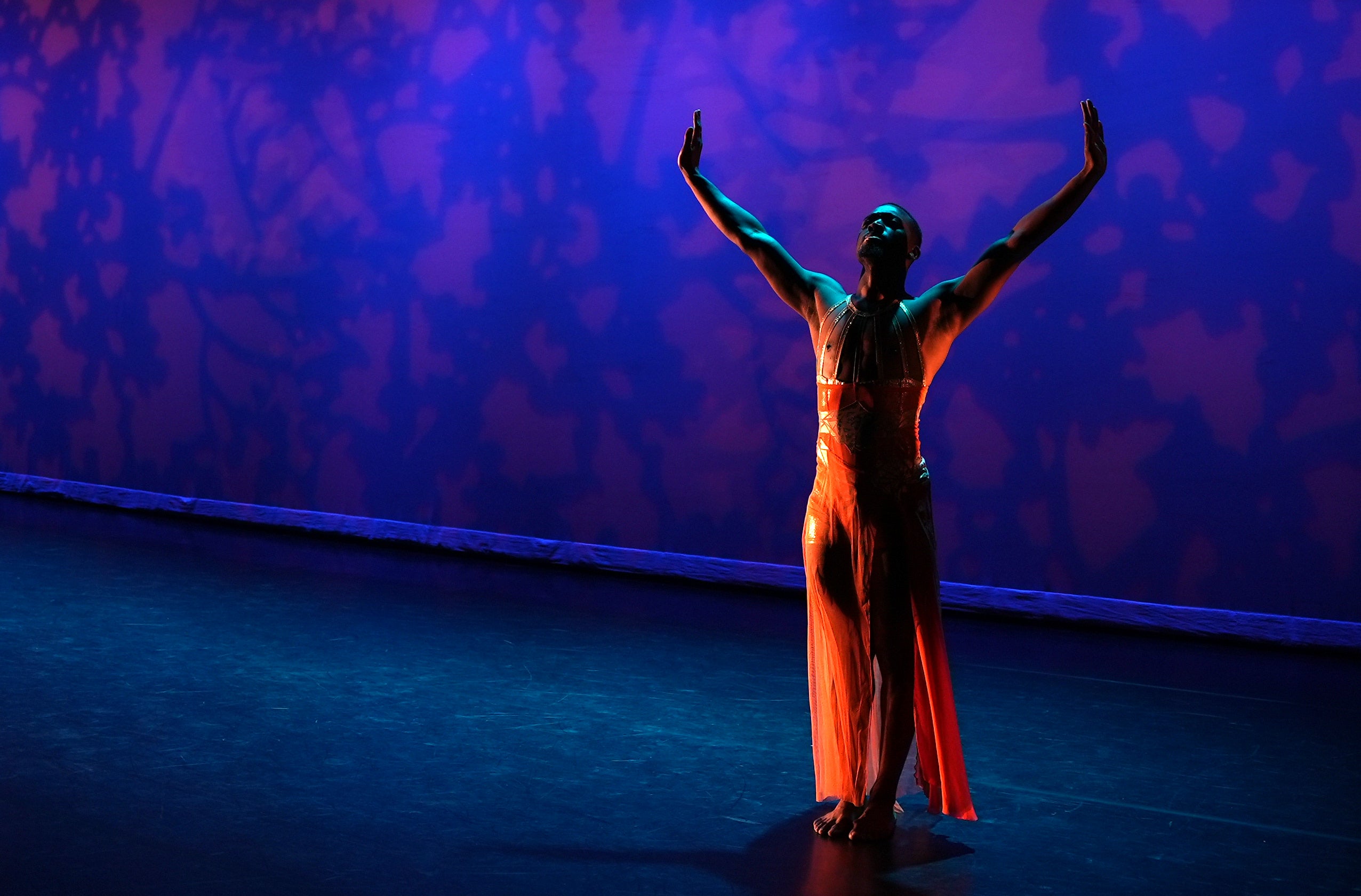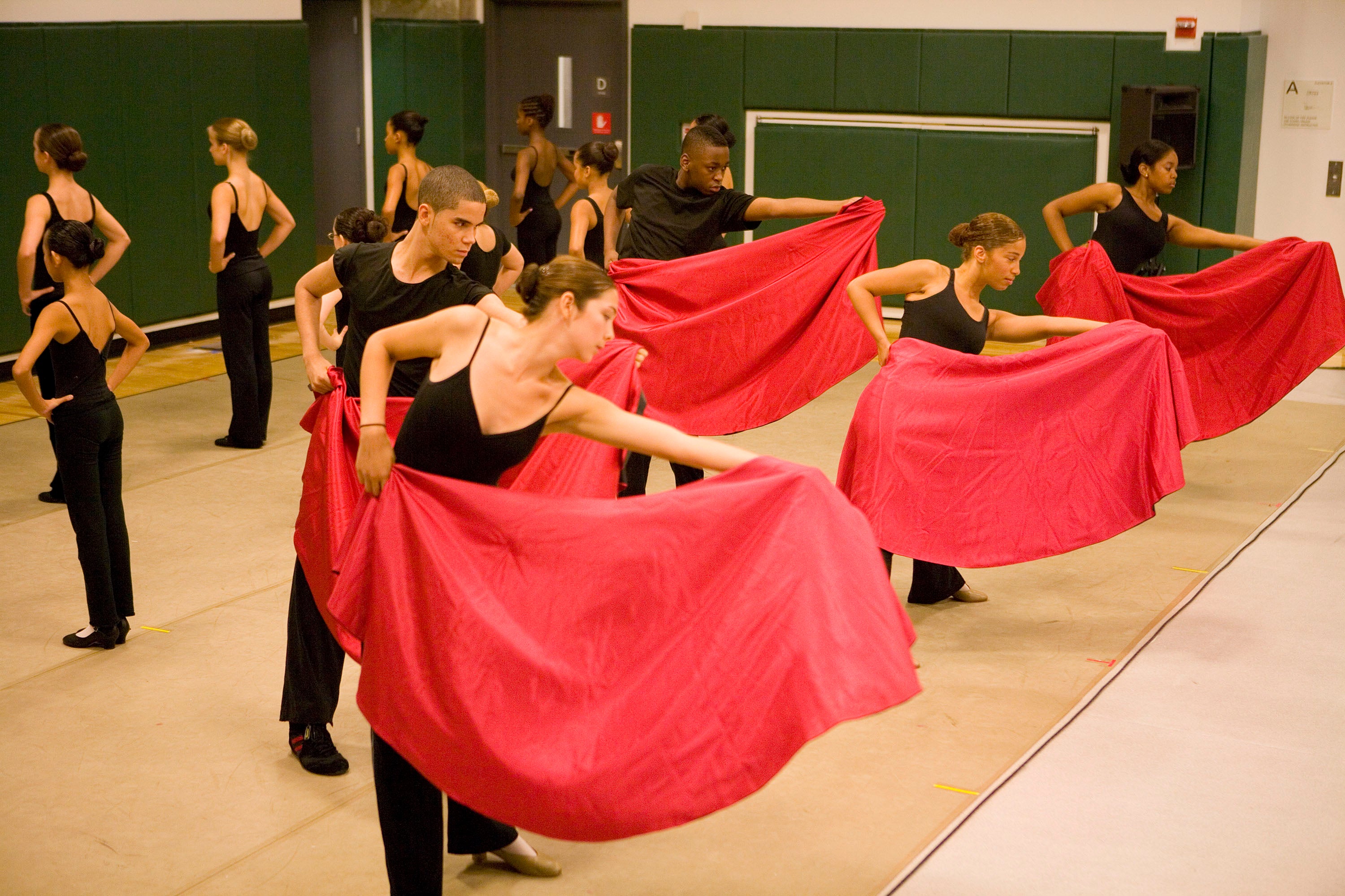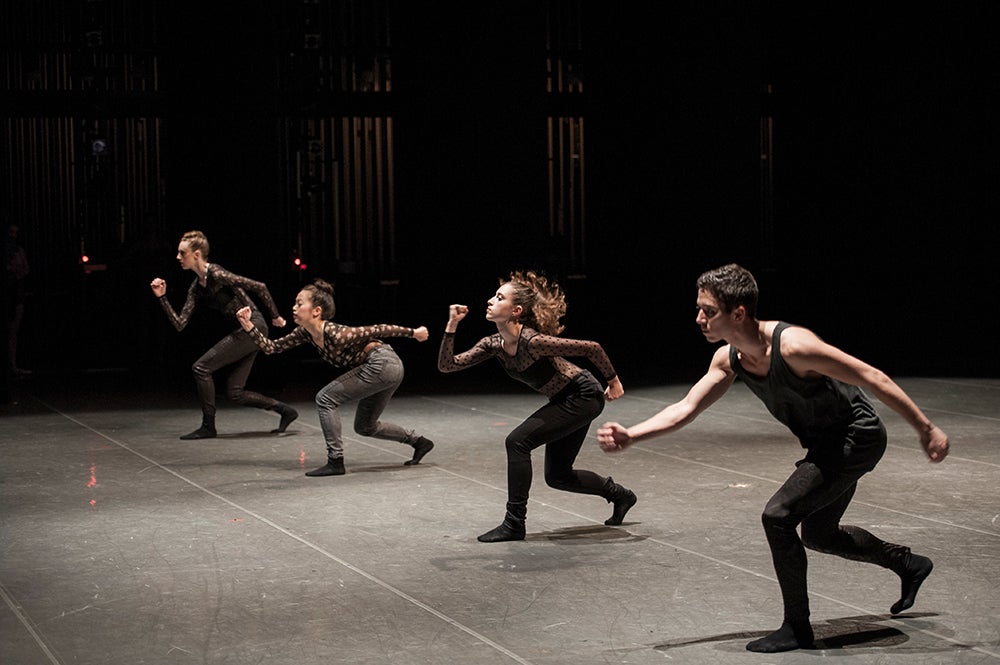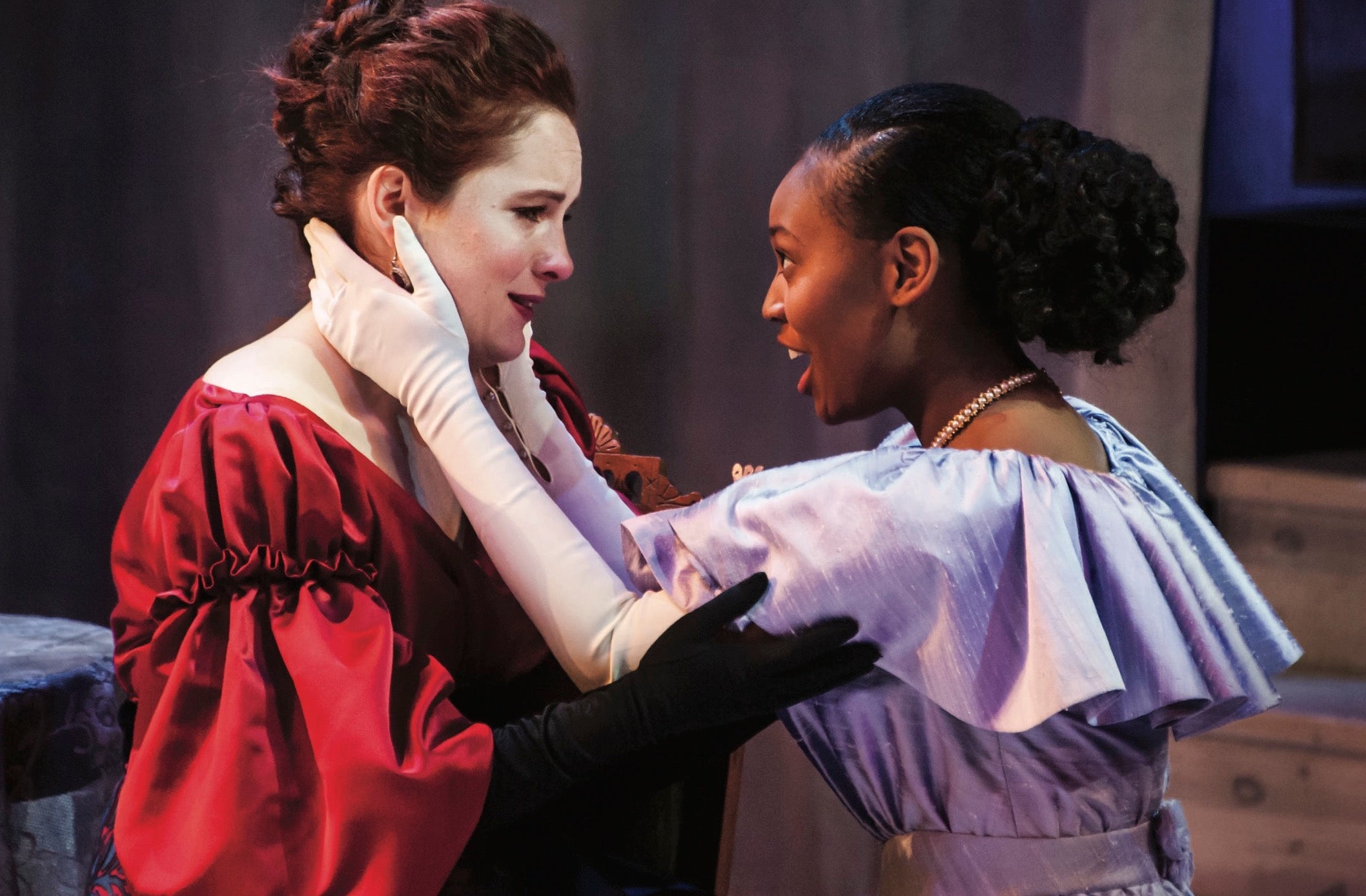What Do I Need to Know About the Arts?

Key Takeaways
- The arts have myriad benefits. They range from the private to the public. as well as from personal fulfillment to contributions to individual and societal improvements.
- Institutions could consider three avenues to increase participation in the arts. They could broaden participation, by appealing to people who may be interested but do not participate. They could deepen it, by encouraging existing participants to get involved more often. Or they could diversify it, by attracting those wholly unengaged from the arts.
- Nine practices have helped organizations increase arts participation. They include a clear identification of a target audience, research into that audience's preferences, and evaluation of efforts to reach it.
- Such practices can increase participation, but it is unclear whether they contribute to organizations' financial health. Arts organizations may need to strengthen their ties to their communities so they can thrive and make the arts more accessible.
- Arts organizations created by and for communities of color often have strong community ties. But they say they face steep obstacles, including racism, gentrification, and a lack of access to institutional funding.
Why Arts Participation Matters
Arts have many benefits. So many, in fact, that analysts have created a whole framework to describe them. They range from the private to the public, from visceral pleasure to societal development, from the personal fulfillment an individual might get from seeing a poignant painting in a museum to the social bonds created in a raucous concert, and from improved learning skills among students to increased economic activity in artistic hubs.
How could arts institutions ensure that everyone can reap such benefits of the arts? A report by the RAND Corporation points to three possible approaches:
- Broadening participation: Institutions could try to draw people who may enjoy their productions but do not attend. More information on institutions' offerings, their costs, and the expected experience could help engage such audiences.
- Deepening participation: Institutions could encourage existing audiences to participate more often. They could do so by building a sense of community and belonging around the art.
- Diversifying participation: Institutions could try to attract those who have no engagement with the arts. Such individuals may be hardest to draw, as they must be persuaded of the value of the arts.
More Benefits for More People
Arts advocates sometimes base their case on "instrumental" benefits of the arts, such as cognitive development and economic growth. One RAND Corporation report suggests that "intrinsic" benefits, such as personal enjoyment, are important, too. One must participate regularly in the arts to derive their benefits, but one is unlikely to participate unless one enjoys the arts. The report argues for policies that encourage arts education and create opportunities for arts appreciation so all Americans can benefit from the arts.

A Role for Government?
Who can help provide broader access to the arts? One possibility is state arts agencies, government-funded organizations created to promote the arts in their states.
Between 2001 and 2006, Wallace funded arts agencies in 13 states to see if they could help increase access to and appreciation of the arts. The effects were difficult to assess. But their experiences yielded lessons about the roles state arts agencies could play. Among them:
- Access alone may be insufficient to increase arts participation. People, especially children, need rewarding experiences to stay engaged. One report suggests that state arts agencies could support arts education so young people learn to appreciate the arts, find those rewarding experiences, and reap their benefits.
- Agencies must engage policymakers to build support for their work. A 2005 report argued that agencies needed to learn about policymakers' priorities and show how they could help meet those priorities.
- A 2008 report suggested that the arts could benefit if arts agencies served not just as funders, but also conveners who build coalitions and gather and distribute information.
A Focus on Organizations
Government agencies can help. But arts organizations, such as museums, symphonies, and dance companies, must play a role as well.
Between 2006 and 2012, Wallace funded 54 arts organizations across the U.S. to see if they could expand their own audiences. A researcher, Bob Harlow, took a close look at 10 of the organizations to see what had worked and what had not for them. His case studies and syntheses point to nine practices that aided their efforts, from the identification of a target audience, to thorough market research, to careful evaluation and improvement.
Lessons from Successful Organizations
Building Audiences for Sustainability
Organizations may be able to expand audiences. But can those audiences bolster an organization's finances and ensure its long-term stability?
It is a question many have pondered since two academics first described the vexing economics of the performing arts. The costs of production keep rising, as they do in most industries. But arts organizations cannot increase efficiency. A car manufacturer can cut costs by using new technology, but a production of Hamlet requires about the same amount of effort as it did 400 years ago. An arts organization could charge more for tickets to cover the costs. But there's a limit to the amount people are ready to pay.
Could larger or more loyal audiences help? Wallace began an initiative in 2015 to find out. It supported audience-development efforts in two dozen organizations to see if those efforts contributed to their financial health. The organizations’ endeavors included producing new works, new formats, and new engagement activities.
The results were mixed. Most organizations did expand their audiences, but the gains were smaller than the organizations had hoped. Assumptions about audiences hindered some organizations' work, but data analysis helped those organizations better understand the challenges they face. Many organizations drew new audiences to experimental performances, but few could draw those audiences to traditional works.
"One important issue for organizations to consider beforehand," say researchers that studied the initiative, "is whether they are seeking to engage with particular audiences, even if it involves changing their programming, or whether they are seeking audiences for what they already do." Organizations who want to change their audiences, in other words, should consider whether they are open to changing themselves.
Building Arts Audiences? Take the Journey
How can arts organizations engage new audiences while retaining existing ones? And can their efforts to build new audiences contribute to their work, mission, and financial health? Twenty-five large performing arts organizations explored these questions. A team at the University of Texas at Austin studied their efforts. This infographic shows some of what they found.

A Focus on Community
Should ticket sales and donations be the primary measure of an organization's health? Could there be factors that determine an organization's long-term viability?
A brief on our previous initiative points to an increasing emphasis on "community relevance and engagement." The country has changed, the brief suggests, but arts organizations haven't changed with it. To remain relevant, arts organizations must engage their communities and cater to those communities' needs.
A pair of studies by research firm SMU DataArts came to similar conclusions. Researchers used mathematical models to identify high-performing arts organizations and explore what makes these organizations tick. An essential element, the first study concludes, is "high standards in the creation of work that is meaningful to the local community." The second study focuses on "performing and community-based arts sectors that primarily serve communities of color." Community orientation is essential for organizations in this sector. But leaders of such organizations say they face challenges other organizations do not, including racism, gentrification, and a lack of access to institutional funding.
Wallace's current initiative in the arts is further exploring these themes. We are working with arts organizations around the country that are rooted in communities of color. We have rarely worked with such organizations before, so our first step has been to learn more about them and better understand their strengths and challenges. As our relationships mature and our thinking evolves, we plan to develop new efforts to determine whether and how philanthropies like Wallace can help these organizations thrive.
Featured Resources






